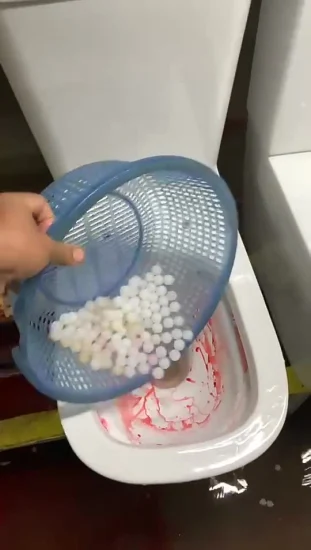Are You Allowed to Flush Food Down the Toilet?
Are You Allowed to Flush Food Down the Toilet?
Blog Article
Were you in search of ideas about Flushing Food Down the Toilet??

Introduction
Many individuals are often confronted with the dilemma of what to do with food waste, especially when it comes to leftovers or scraps. One usual concern that occurs is whether it's okay to purge food down the toilet. In this post, we'll delve into the reasons that people may consider flushing food, the repercussions of doing so, and alternative methods for correct disposal.
Reasons why people could consider flushing food
Absence of awareness
Some people may not know the prospective damage brought on by purging food down the commode. They might incorrectly believe that it's a safe technique.
Comfort
Purging food down the toilet may appear like a quick and very easy option to throwing away unwanted scraps, especially when there's no close-by garbage can offered.
Idleness
In some cases, people may merely pick to flush food out of sheer idleness, without thinking about the consequences of their actions.
Consequences of flushing food down the bathroom
Environmental impact
Food waste that winds up in rivers can contribute to air pollution and damage marine ecological communities. Furthermore, the water made use of to purge food can stress water resources.
Plumbing issues
Purging food can lead to blocked pipes and drains pipes, triggering pricey pipes repair work and inconveniences.
Kinds of food that ought to not be purged
Coarse foods
Foods with fibrous structures such as celery or corn husks can get entangled in pipes and create obstructions.
Starchy foods
Starchy foods like pasta and rice can soak up water and swell, causing clogs in pipelines.
Oils and fats
Greasy foods like bacon or food preparation oils need to never ever be purged down the commode as they can solidify and trigger clogs.
Correct disposal methods for food waste
Utilizing a garbage disposal
For homes equipped with garbage disposals, food scraps can be ground up and flushed with the pipes system. Nonetheless, not all foods are suitable for disposal in this manner.
Recycling
Specific food packaging products can be reused, lowering waste and minimizing ecological influence.
Composting
Composting is an environment-friendly method to deal with food waste. Organic products can be composted and utilized to enrich soil for horticulture.
The significance of proper waste monitoring
Lowering environmental damage
Proper waste monitoring practices, such as composting and recycling, assistance reduce air pollution and preserve natural resources for future generations.
Protecting plumbing systems
By avoiding the method of flushing food down the toilet, property owners can avoid pricey pipes repair work and preserve the stability of their pipes systems.
Conclusion
Finally, while it might be alluring to purge food down the commode for convenience, it's important to understand the potential effects of this action. By adopting correct waste monitoring methods and taking care of food waste properly, people can contribute to much healthier plumbing systems and a cleaner atmosphere for all.
FLUSH FOOD DOWN THE TOILET?
FLUSHING FOOD CAN CAUSE BLOCKED DRAINS IN YOUR HOME
All of the plumbing fixtures in your home are connected to the same sewer pipe outside of your home. This outdoor sewer pipe is responsible for transporting all the wastewater from your home to the Council sewer mains. Even small pieces of food that go down the kitchen sink can cause problems for your sewer. It should therefore be obvious that flushing larger bits of food, such as meat, risks a clog in either the toilet itself or the sewer pipes. Flushing greasy food is even more problematic because oil coagulates when it cools, coating the interior lining of your pipes.
THE TOILET IS NOT A BIN
Food isn’t the only thing that people shouldn’t be flushing down the toilet. People use the toilet to dispose of all kinds of things such as tampons, makeup wipes, dental floss, kitty litter and even underwear. Water goes to great lengths to educate residents about the high costs and stress placed on wastewater treatment systems simply from people flushing the wrong stuff down the toilet. It costs taxpayers millions of dollars each year, and homeowners thousands in blocked drain repairs.
FLUSHING FOOD IS A WASTE OF WATER
Flushing food is a waste of our most precious resource - water. In June this year Level 1 water restrictions were introduced to protect water supply from drought conditions. Much of New South Wales continues to be affected by prolonged drought with recent figures revealing up to 97 per cent of the state remains in drought. Depending on whether you have a single or dual flush toilet, every single flush uses between five and 11 litres of water. In the current climate this is a huge amount of water to be wasting on flushing food that should be placed in the bin (or better yet, the compost).
https://www.jabplumbingsolutions.com.au/blog/can-you-flush-food-down-the-toilet

I ran across that review on Think Twice Before Flushing Food Down Your Toilet when looking around the internet. Are you aware of someone else who is serious about the subject? Why not promote it. Thank you for taking the time to read it.
Book Service Now Report this page